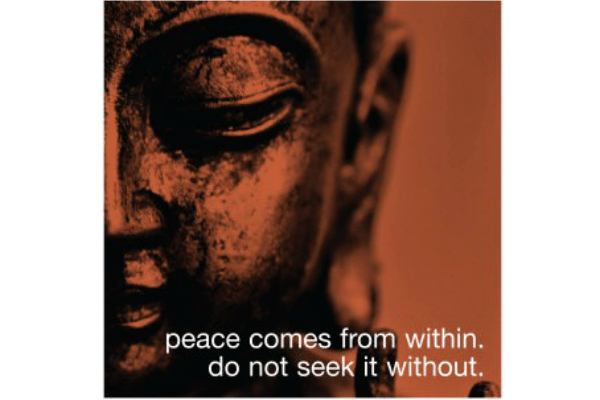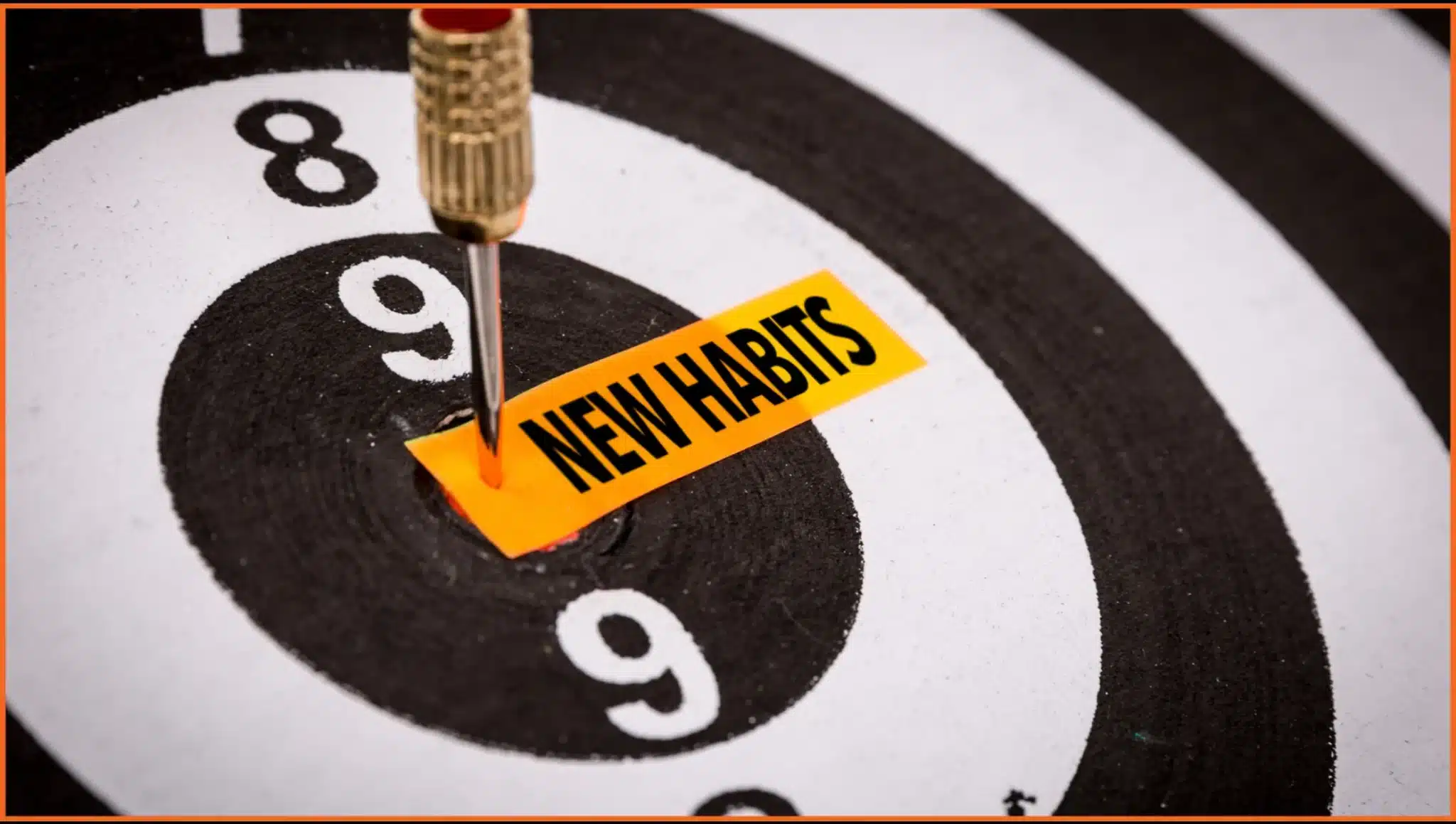Introduction: Calm as a Leadership Competency
Table of Contents
At FocusU, we’ve facilitated numerous leadership interventions across industries, and if there’s one recurring theme that distinguishes impactful leaders, it’s emotional agility – the ability to stay grounded amidst chaos. The phrase “Keep Calm and Carry On,” though popularized as a wartime slogan, offers a surprisingly relevant leadership lesson for today’s volatile, uncertain, complex, and ambiguous (VUCA) world.
In our experience, the most successful leaders are not those who simply react faster but those who respond better. They display a calm demeanor that enables clarity in decision-making, steadiness in the face of ambiguity, and a ripple effect of emotional regulation throughout their teams.
Let’s explore why emotional composure is such a powerful leadership tool; and why the wisdom behind “Keep Calm and Carry On” still matters today.
Related Reading: Harnessing Emotional Intelligence: Key Takeaways from Daniel Golemanan’s Working with Emotional Intelligence
Part 1: The Science Behind Staying Calm
The Biology of Calm
When leaders lose their calm, teams pick up on it – consciously or not. Neurobiologically, emotions are contagious. Mirror neurons in our brains sync with those around us, especially when the leader sets the emotional tone. A calm leader signals safety. An anxious one signals threat.
In our leadership simulations, we’ve consistently noticed how a single individual’s anxiety can derail a team’s problem-solving ability. Conversely, calmness tends to anchor the group, enabling better collaboration and judgment.
Why Emotional Regulation Is Harder Than It Looks
Staying calm doesn’t mean suppressing emotions—it means processing them constructively. Daniel Goleman’s work on emotional intelligence reminds us that self-regulation is one of the five key competencies of emotionally intelligent leaders.
The good news? This is a skill. And like all skills, it can be practiced.
Related Reading: Emotional Intelligence
Part 2: Why Calm Is a Strategic Advantage
-
It Creates Psychological Safety
In our team effectiveness workshops, psychological safety often emerges as a make-or-break factor for innovation. When leaders respond calmly – even to mistakes – it builds trust. People feel safe to take calculated risks, voice disagreement, and admit when they don’t know something.
-
It Enables Better Decision-Making
Pressure triggers fight-or-flight responses. But as leaders, reacting impulsively can be costly. Staying calm allows for the pause that precedes perspective. It helps leaders separate emotion from evidence, urgency from importance.
-
It Enhances Credibility
Calm leaders are seen as credible leaders. They exude steadiness, even when things aren’t going according to plan. In our experience, employees tend to trust leaders who don’t get visibly flustered under pressure. That trust is essential in times of change, uncertainty, or organizational crisis.
Part 3: “Keep Calm and Carry On” in Corporate Life
The Leadership Parallel of the Buddha Story
There’s an old story of the Buddha asking his disciple to fetch water from a muddy pond. The disciple initially fails, as the water is disturbed by animals. But after letting the silt settle, the water clears. The metaphor? Sometimes, the best way to find clarity is to stop stirring.
We often reference this in our resilience training. In leadership, “carrying on” doesn’t always mean pushing harder – it often means pausing long enough to respond rather than react.
Related Reading: 5 Sources To Draw Resilience From
Part 4: Practical Tools to Cultivate Calm
-
The 90-Second Rule
In our experience, one of the most effective tools we’ve shared is the “90-second rule” from neuroanatomist Dr. Jill Bolte Taylor. When we experience an emotional trigger, the chemical response in the brain lasts 90 seconds. After that, it’s our choice whether to keep fueling it.
We encourage leaders to take a pause – literally 90 seconds – before responding. A few deep breaths can be the difference between escalation and resolution.
-
Micro-Mindfulness
You don’t need an hour-long meditation to reset. We’ve seen leaders benefit from two-minute grounding rituals before meetings – such as closing their eyes, focusing on their breath, or even journaling a quick intention. These moments cultivate presence and reduce emotional reactivity.
-
Reframing the Narrative
Cognitive reappraisal – reframing a situation in a more constructive way – is another powerful tool. Instead of thinking, “This crisis will derail everything,” a leader might reframe it as, “This is an opportunity for us to build trust and resilience.” We’ve seen teams rally behind a challenge when their leader framed it with optimism and realism.
Part 5: Building a Culture That Values Calm
Role Modeling Still Matters
In our organizational culture workshops, one theme always stands out: culture is shaped by what leaders tolerate, celebrate, and role model. If leaders reward only urgency, overwork, and fire-fighting, the culture mirrors that. But if leaders visibly demonstrate composure, balance, and thoughtful action, that becomes the norm.
Encouraging Rest, Not Just Resilience
True calm doesn’t come from endurance – it comes from recovery. Leaders need to role model healthy work-life boundaries, encourage meaningful time off, and normalize asking for help. In our programs, we often say: “Wellness isn’t a luxury – it’s a leadership responsibility.”
Conclusion: Calm Isn’t Passive. It’s Powerful.
“Keep Calm and Carry On” isn’t just a motivational phrase. It’s a strategic, science-backed mindset that leaders need now more than ever.
In our experience, the best leaders are not the loudest or the most reactive – they’re the ones who stay centered, communicate clearly, and carry their teams through uncertainty with composure. They remind us that presence precedes performance – and that the most important thing a leader can offer their team in moments of chaos is calm.










